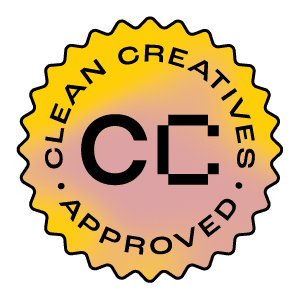Making a Difference with Web Standards
We recently joined the World Wide Web Consortium (W3C), which produces guidelines and open web standards that advance environmental, social, and economic justice. In this post, we explore how web standards inform legislation, improve the internet, and offer learning opportunities for millions of digital professionals.
Governments, the private sector and civil society all have a stake in determining how digital technologies will be designed, implemented and governed. Technological artifacts, including those designed in global standards bodies, have embedded politics and a profound impact on human rights.
— Center for Democracy and Technology
If you’ve read this blog before, you’re probably in tune with the vast number of problems that plague today’s web experience:
- Social issues that destroy personal privacy and spread disinformation,
- Environmental problems that contribute to ecosystem decline and accelerate the climate crisis,
- Economic challenges that undermine equality and expand the digital divide.
These problems impact the web’s entire ecosystem, affecting end users, marketers, product teams, businesses, nonprofits, and all stakeholders in between.
However, technology standards make the modern, open web possible and can address many of these issues. By systematizing how we deliver more ethical, responsible, and sustainable digital products and services, web standards measurably improve online experiences for everyone. Initiatives like product passports and Corporate Digital Responsibility (CDR) can provide inspiration for new and emerging standards to improve the web.
In turn, this contributes to a better society and drives legislation needed to address the issues noted above. Plus, using web standards will help you reduce risk and improve your own website as well.
The W3C and Web Standards
Our community has developed several hundreds of open standards that have enabled the creation of two billion websites, the emergence of flourishing business ecosystems, and made the Web accessible to more people, inclusive, and secure.
— W3C website
Whether you realized it or not, if you’ve browsed the web over the last 30 years, you’re familiar with the W3C’s work. Founded in 1994 by World Wide Web inventor Tim Berners Lee, the W3C is a key player in bringing international open standards and guidelines to the web.
With dozens of working groups and hundreds of standards to their name, the W3C has, among many other things, championed HTML, CSS, and JavaScript to deliver modern web experiences. The organization also recommends protocols for everything from web payments, security, and data integrity to media encoding and ebook formats.
Plus, their Web Content Accessibility Guidelines (WCAG) inform legislation in dozens of countries around the world. This measurably improves web experiences for people with disabilities.
With that being said, hundreds of web standards exist. How is a conscientious organization supposed to know which standards to prioritize? Here are two ideas:
- Join, follow, and learn from the organizations creating these standards.
- Find great partners to help you build capacity over time and better understand web standards.
Let’s explore each of these in a bit more detail.
How Standards Can Save the Web
Using web standards to build digital products and services offers some really great benefits:
- Inclusive: Each standard undergoes a rigorous stakeholder review to ensure multiple perspectives are represented in the final standard.
- Risk: Standards are meant to reduce or eliminate risk for organizations that use them.
- Interoperability: Web standards also work seamlessly across browsers, devices, and platforms, meaning digital products and services built with them reach more people and offer more relevant experiences.
- Regulatory: Finally, they inform legislation around the world, which measurably improves the web by requiring compliance and enforcing penalties.
With all this being said, web standards also require a few key ingredients for success.
1. Collaboration: One Web, Many Stakeholders
First, the web’s biggest challenges must be addressed through broad collaboration that represents a wide cross-section of stakeholders. This helps standards bodies better understand the entire web ecosystem, including edge cases. In turn, web experiences are inclusive by default and don’t amplify inequality or impede economic justice.
The W3C and similar standards-setting organizations understand this. Through working groups, open calls for participation, and intense stakeholder review processes, these organizations incorporate rigorous collaboration at every step in the process. As a result, the web standards they recommend to the world are more inclusive and equitable.
2. Outreach: Driving Adoption
Next, to amplify their adoption and support, successful web standards require significant outreach to help people across sectors and industries understand why they are important and relevant.
This is often achieved through strategic partnerships. The working groups within web standards organizations form alliances with values-aligned partners to help them reach a broader audience than they otherwise could on their own.
3. Tooling: Providing Context
In order for guidelines and recommendations to become candidates for a web standard, tools must exist to help users understand context and implement the guidelines into their own projects. Examples include:
- Code validators that ensure software meets a certain threshold
- Plugins and extensions that increase functionality
- Other hardware, software, or browser components
These tools provide important details relevant to a digital product’s design, development, or maintenance. Using them helps to measurably improve the web.
4. Education: Building Skills and Capacity
Next, widespread web standards adoption requires extensive education efforts, including:
- Presenting standards at events and conferences
- Providing workshops, webinars, bootcamps, and online classes
- Incorporating web standards into curriculum at schools and universities
- Writing books and authoring reports, ebooks, and white papers
These artifacts help organizations across sectors build capacity and put strategies into place to incorporate the new standards.
5. Legislation: Enforcing Compliance
Perhaps most importantly, web standards inform regulations that ensure organizations comply with their guidance or face sometimes stiff penalties. In turn, this improves the web experience for everyone.
As mentioned above, W3C standards inform legislation in dozens of countries. However, there is still a long way to go for the web to match their vision. More on this below.
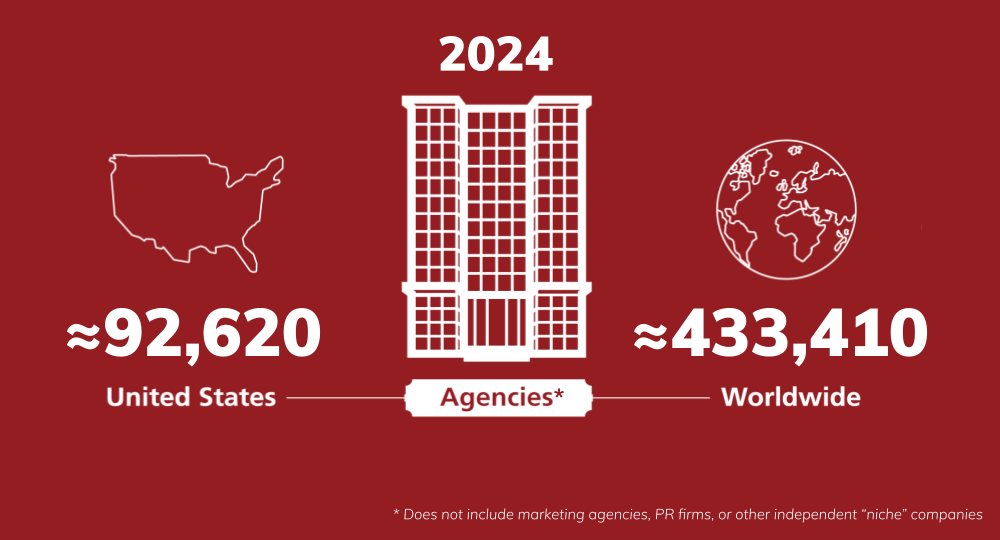
What Do Web Standards Mean for Agencies?
96.3% of home pages had detected WCAG 2 failures! This improved very slightly from 96.8% in 2022. Over the last 4 years, the pages with detectable WCAG failures has decreased by only 1.5% from 97.8%.
— The WebAIM Million report
There are hundreds of thousands of agencies in the world. Nearly 100,000 exist in the U.S. alone. Yet the advertising and marketing industry has no universally accepted code of ethics similar to the Hippocratic Oath driving our practices.
Plus, of the billions of pages that exist on the web, many were designed and built by agencies. Unfortunately, the majority of these pages don’t pass basic accessibility tests (see quote above). Agencies are at risk if the digital products, services, or campaigns they build for clients don’t adhere to web standards. In some cases, this risk can result in lawsuits and significant fines.
However, given the vast number of companies in our industry, many opportunities exist to create collective impact. Web standards can provide a common foundation around which to redefine success in marketing, for tech projects, and the web in general.
In other words, any agency claiming to deliver digital products and services should do so by incorporating web standards into their processes and workflows. More importantly, agencies should show how, specifically, web standards drive these practices by including implementation and compliance data in case studies.
What About People Who Hire Agencies?
This also puts agency clients at risk, especially in areas where digital projects overlap with existing legislation, such as accessibility, data privacy, and security.
Marketers, product leaders, and other decision makers who hire agencies should find more ethical partners committed to web standards. To reduce legal and financial risk when choosing a potential agency supplier, include web standards as part of your screening criteria.
As part of this vetting process, also consider reviewing their supply chains and understanding the partners with whom they choose to do business. This will result in a more successful partnership. Unfortunately, many agencies outsource portions of their projects to companies or freelancers that may not share their commitment to quality or web standards.
Why Effective Standards Legislation is So Important
In the United States, W3C’s Web Content Accessibility Guidelines provide guidance for creating digital products and services that meet the needs of people with physical and cognitive disabilities. However, U.S. law doesn’t offer clear regulations for digital products and services.
In fact, the Americans with Disabilities Act (ADA) was signed into law a full year before the first website came online. Since then, two laws explicitly cover accessibility for websites or software. However, these only apply to organizations that receive government funding.
This lack of clarity leads to potential misinterpretation of what is required to adhere to digital accessibility standards and what is not. In September 2023, U.S. Senator Tammy Duckworth introduced the Websites and Software Applications Accessibility Act to provide this clarity—a full 33 years after the ADA was initially passed. However, that law has yet to pass.
This underscores two important things:
- Clear standards can drive legislation and regulatory guidance.
- To do so requires a monumental effort over many years.
It can’t just be a few Big Tech companies lobbying politicians for legislation that works in their favor. Organizations across sectors should actively engage in this process.
Plus, in the face of an urgent climate emergency, we don’t have the luxury to wait 33 years for meaningful digital sustainability legislation.
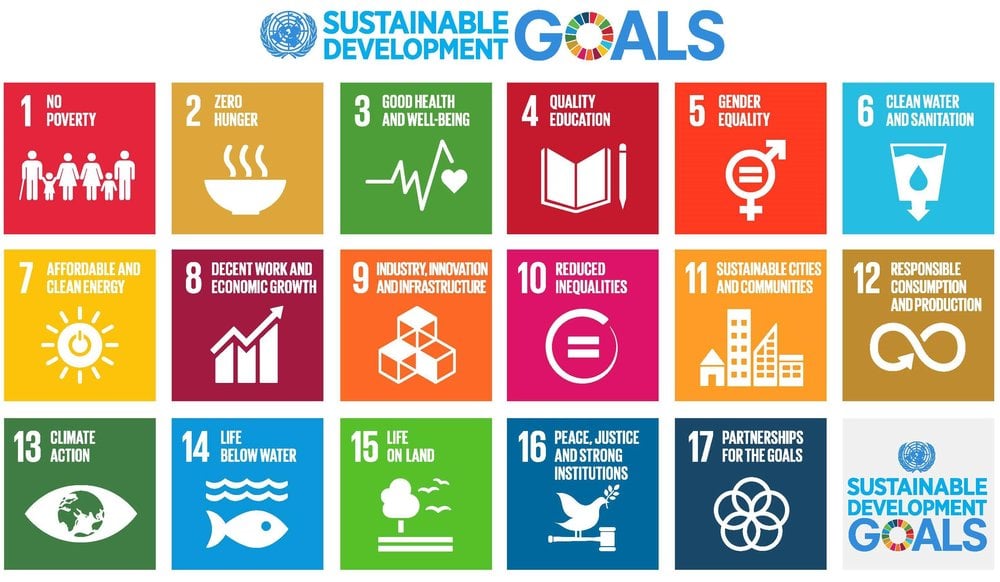
Web Standards and Sustainability
It is clear that technical standards have always been indispensable for business and society to work in our industrialised world, it is also clear that technical standards will play a key role in accelerating progress towards the Sustainable Development Goals (SDGs) set by the United Nations for 2030.
— Chaesub Lee, Computer Weekly
Currently, sustainability standards for the web don’t exist, despite the vast number of known problems. With pending climate disclosure and reporting requirements becoming law around the world, including web-based products and services in these efforts is inevitable.
Plus, measuring and improving the social and environmental impact of digital technologies will eventually become a legal requirement for organizations of any size, but especially larger companies. It is only a matter of time.
Web standards will drive at least part of this transition. Fortunately, a W3C group is working to create these standards. Mightybytes has been part of this group since its inception in 2013 and played a role in launching 2023’s Web Sustainability Guidelines (WSGs). We hope this will be a stepping stone to meaningful digital sustainability legislation.
Most importantly, these guidelines can improve the web as much or more than W3C’s Web Accessibility Initiative already has. Plus, accessibility and sustainability are indispensable to one another. However, it’s still very early in the adoption process described above for the WSGs to become web standards.
To fast track their acceptance on a schedule that aligns with an urgent climate crisis, we need three key things:
- More endorsements in a much shorter period of time,
- To educate politicians and regulatory leaders on important issues related to tech,
- Bills introduced to advance reporting, disclosures, and standards related to digital sustainability.
Better Standards Improve the Web for Everyone
Web standards are blueprints—or building blocks—of a consistent and harmonious digitally connected world. They are implemented in browsers, blogs, search engines, and other software that power our experience on the web.
— W3C website
Finally, web standards ensure that digital experiences work as expected. Entire industries rose because they exist. Plus, billions of people around the world have access to critical, sometimes life saving information thanks, at least in part, to these standards. However, we can’t go forward without acknowledging—and more importantly, addressing—the unintended consequences associated with the web’s progress.
Mightybytes joined the W3C to improve this situation. We have three impact business models that can align our company operations with web standards:
- Accessibility: We target WCAG 2.x level “AA” on all website projects to provide information access for people with disabilities.
- Sustainability: Client websites are hosted using renewable energy and follow sustainable web design guidelines.
- Education: The company offers workshops, books, presentations, and other educational materials on these topics to help marketers and digital teams stay up to speed on corporate digital responsibility and related topics.
Of the three, sustainability is increasingly society’s best hope for a more equitable and inclusive future where we can all thrive within planetary boundaries. The WSGs can help anyone apply sustainability principles to web-based products and services. Eventually, through impactful legislation, this just becomes how the web is designed, built, and maintained.
If you want to join us on this journey, consider becoming a member of the sustainable web design community group. It’s free, anyone can join, and you’re sure to be inspired by the passion of its members.

